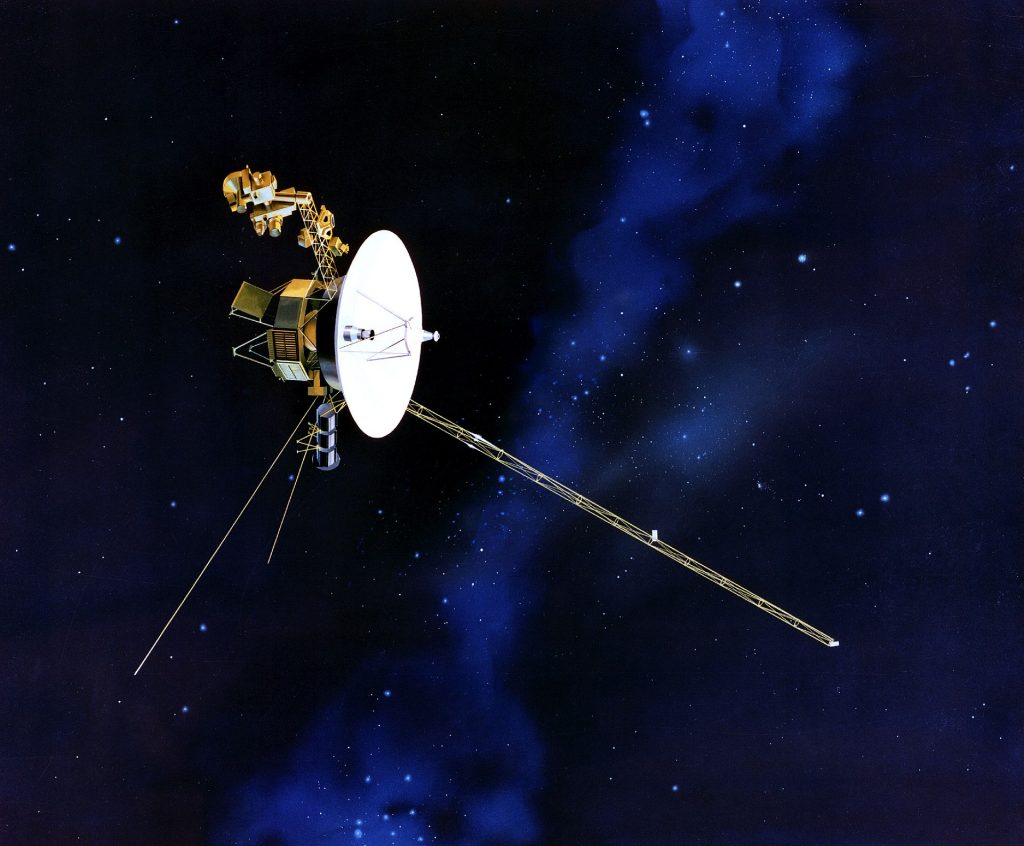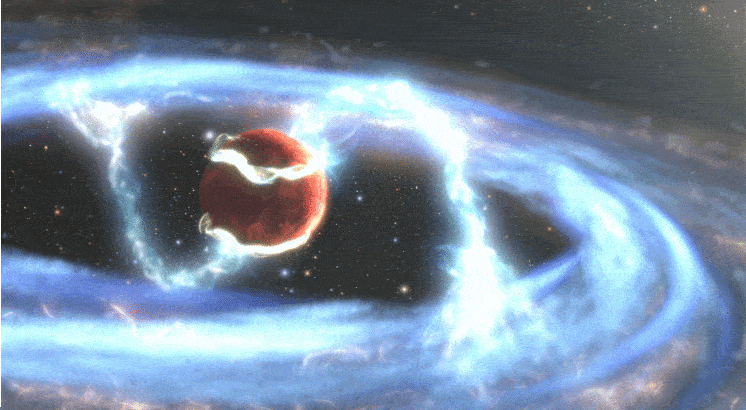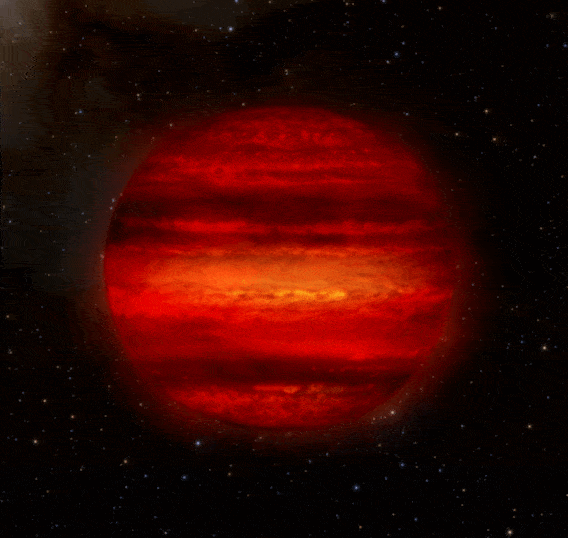Water oceans in the crust of icy planets
A pressure 200,000 to 400,000 times that of Earth's atmosphere, plus temperatures around 1500 Kelvin - these sound like uncomfortable conditions. They prevail where, in water-ice planets of the size of Neptune, the ice merges into the rocky core. Does liquid water exist under these conditions, and if so, how does it interact with the planet's rocky seafloor? New experiments show that on water-ice planets between the size of our Earth and up to six times that size, water selectively leaches magnesium from typical rock minerals. An international team of researchers led by Taehyun Kim of Yonsei University in Seoul,…







